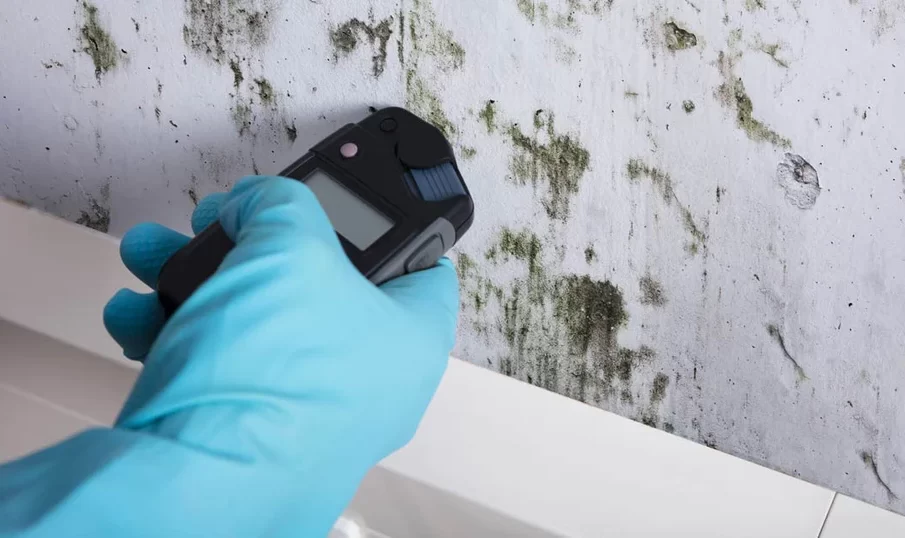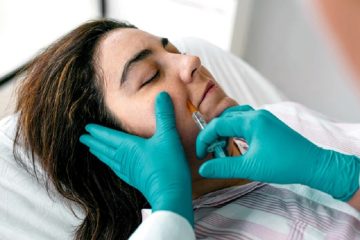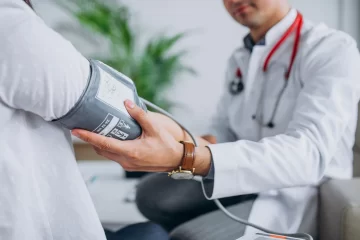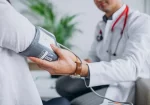How to Test for Mold in the Body

Are you worried about mold lurking in your body? Don’t fret! In this detailed guide, we’ll show you how to test for mold and put your mind at ease.
With a variety of mold tests available, you can take charge of your health and find out if mold is causing those pesky symptoms. From step-by-step instructions to interpreting test results, we’ve got you covered.
Join the community of mold-conscious individuals and reclaim your sense of belonging.
Understanding Mold Exposure Symptoms
If you’re experiencing symptoms such as coughing, sneezing, and fatigue, it could be a sign of mold exposure in your body. Mold exposure occurs when you come into contact with mold spores, which can be found in damp or humid environments.
When inhaled, these spores can cause respiratory issues, such as coughing and sneezing. Additionally, mold exposure can lead to fatigue and a general feeling of malaise.
It’s important to pay attention to these symptoms, as prolonged exposure to mold can have negative effects on your health. To determine if your symptoms are indeed caused by mold exposure, it’s recommended to seek medical advice and get tested for mold in your body.
A healthcare professional will be able to conduct the necessary tests to diagnose and treat mold exposure effectively. Remember, taking care of your health is crucial for a sense of belonging and well-being.
Types of Mold Tests Available
You can explore different options for checking if there’s mold present in your system. Here are four types of mold tests available:
1. **Air sampling**: This test collects air samples to measure the concentration of mold spores in the environment. It can help identify the presence of mold and determine the type of mold present.
2. **Surface sampling**: This test involves taking samples from surfaces such as walls, floors, or furniture to check for mold growth. It can provide information about the extent of mold contamination and help identify specific types of mold.
3. **Bulk sampling**: This test involves collecting samples of materials suspected of harboring mold, such as drywall or insulation. It can help determine the presence and quantity of mold within these materials.
4. **Mold swabbing**: This test uses a swab to collect a sample from a specific area suspected of mold growth. It can provide information about the type of mold present and its severity.
Step-by-Step Guide to Mold Testing
To begin the mold testing process, start by gathering the necessary supplies and equipment. You’ll need a mold testing kit, which typically includes test cassettes, swabs, and a collection container. Additionally, ensure you’ve protective gear such as gloves, goggles, and a mask to prevent exposure to mold spores.
Choose the area you want to test and thoroughly clean it to remove any visible mold.
Next, carefully follow the instructions provided with the testing kit to collect samples. This may involve swabbing surfaces, using adhesive tape to collect spores, or using an air sampling pump.
Once you’ve collected the samples, seal them in the provided containers and send them to a reputable laboratory for analysis. Remember to label each sample correctly and include any necessary paperwork.
Interpreting Mold Test Results
Once the results are received from the laboratory, you can review them to determine if there’s a presence of mold in your environment. Interpreting mold test results can be a bit overwhelming, but with the right knowledge, you can make sense of the findings.
Here are a few key points to consider when reviewing your mold test results:
1. Identify the types of mold detected: The report should specify the types of mold found, as different molds may have different health implications.
2. Assess the levels of mold: The report will provide information on the concentration of mold spores in your environment. High levels may indicate a significant mold problem that needs to be addressed.
3. Compare with recommended guidelines: Consult industry guidelines or seek professional advice to determine if the mold levels exceed the recommended limits for indoor air quality.
4. Consider potential sources: Take note of any areas in your environment that may be contributing to mold growth, such as water leaks or high humidity levels.
Conclusion
After understanding the symptoms and types of mold tests available, this step-by-step guide provides a comprehensive approach to testing for mold in the body.
By interpreting the mold test results, one can gain valuable insights into the potential health risks associated with mold exposure.
Just as a skilled detective unravels clues, this guide equips individuals with the knowledge to uncover and address mold-related issues, ensuring a healthier and safer environment.















